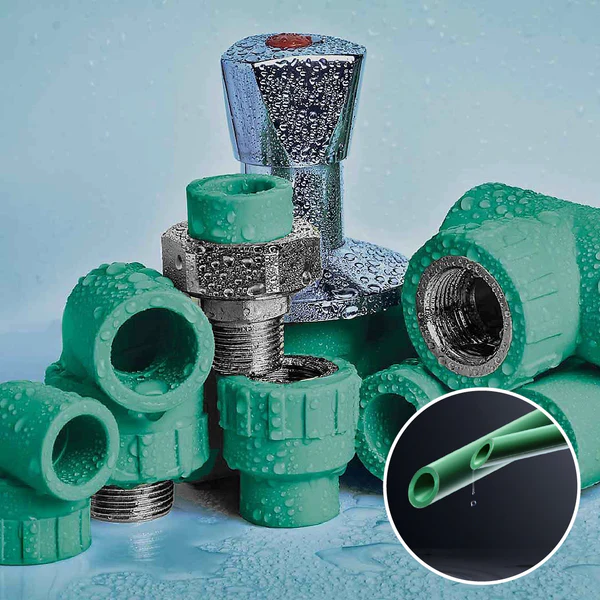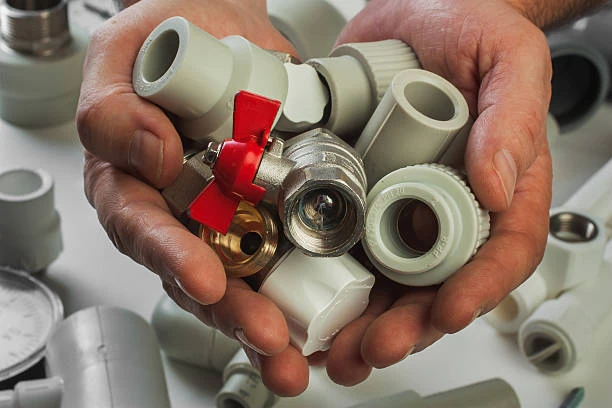Big Spring residents on the west side will experience temporary disruptions as the city embarks on a project to replace outdated water valves in the area. This essential maintenance aims to improve water distribution efficiency, enhance reliability, and prevent future failures. While the work may cause short-term inconveniences, it is a necessary step in ensuring a resilient water system for the community.
This article explores the importance of water valves, the reasons for their replacement, the impact on residents, and how the city plans to complete the project effectively.
Understanding the Role of Water Valves
What Are Water Valves?
Water valves are critical components of any water distribution system. They control the flow of water, isolate specific sections during maintenance, and regulate pressure across the network.
Types of Water Valves Used in Municipal Systems
- Gate Valves: Commonly used to stop or start water flow.
- Ball Valves: Provide quick shut-off capabilities with a simple quarter-turn mechanism.
- Pressure-Reducing Valves: Maintain consistent water pressure to prevent damage to pipes and appliances.
Why Are They Important?
- Control and Maintenance: Valves allow specific sections of the water system to be isolated during repairs, minimizing disruptions.
- Pressure Regulation: They ensure water reaches every household at a safe and consistent pressure.
- Leak Prevention: Functioning valves help prevent leaks and water wastage.
Why Is Big Spring Replacing Water Valves?
Aging Infrastructure
The current water valves in the west side of Big Spring have been in use for decades, making them prone to corrosion and malfunction. Aging components can lead to water pressure issues, leaks, and system inefficiencies.
Preventative Maintenance
Replacing outdated valves is a proactive measure to avoid sudden failures, which can cause extensive damage and require costly emergency repairs.
Enhancing System Reliability
New valves will improve the overall reliability of the water system, reducing the frequency of disruptions and ensuring a steady water supply to residents.

How the Project Will Be Executed
Step 1: Assessment and Planning
The city conducted a thorough assessment of the water distribution network to identify the valves needing replacement. Engineers designed a phased plan to minimize service disruptions.
Step 2: Public Communication
Residents were notified well in advance of the project through local news outlets, social media, and community meetings. Clear schedules and maps of affected areas were shared to ensure transparency.
Step 3: Temporary Water Shutdowns
During the replacement of water valves, certain sections of the network will experience temporary water shutdowns. Authorities have ensured that these shutdowns will be scheduled during off-peak hours to reduce inconvenience.
Step 4: Installation of New Valves
Modern, corrosion-resistant water valves will replace the older models. These new valves offer better durability and efficiency, ensuring long-term benefits for the water system.
Impact on Big Spring Residents
Temporary Water Disruptions
Residents on the west side may experience temporary water outages during the replacement process. The city has advised residents to store water for essential needs in advance.
Traffic Diversions
Some roadways near work sites may face temporary closures or diversions to ensure safety during the valve replacement.
Improved Water Service
Once the project is complete, residents will benefit from a more reliable water supply, consistent pressure, and fewer interruptions in service.
Long-Term Benefits of Replacing Water Valve
Enhanced Water Efficiency
Replacing old valves reduces the risk of leaks, ensuring that more water reaches its intended destinations without wastage.
Cost Savings
Upgrading valves minimizes the need for emergency repairs, saving the city and residents from unexpected expenses.
Improved Public Health
A reliable water system ensures clean and safe water delivery, which is essential for the health and well-being of the community.
Future-Proofing the System
Modern valves are designed to withstand high pressure and corrosive conditions, making the system more resilient to future challenges.
Tips for Residents During the Replacement Project
- Store Water: Keep sufficient water for drinking, cooking, and hygiene needs during scheduled outages.
- Stay Informed: Monitor city announcements for updates on project schedules and affected areas.
- Plan Ahead: Avoid scheduling major water-dependent activities, like laundry or car washing, during the planned disruptions.
- Report Issues: If you notice water quality concerns or pressure issues after the replacement, notify the city immediately.
- Be Patient: Understand that these temporary inconveniences are necessary for long-term improvements.
Conclusion
The replacement of water valve on the west side of Big Spring represents a significant investment in the city’s water infrastructure. While the project may cause short-term disruptions, the long-term benefits, including improved reliability, efficiency, and cost savings, will outweigh the inconvenience. By prioritizing proactive maintenance, Big Spring is ensuring a sustainable and resilient water system for its residents.
FAQs
1. Why is the city replacing water valve?
The current water valves are outdated and prone to failure. Replacing them ensures better reliability, efficiency, and safety in the water system.
2. How long will the replacement project take?
The project is expected to be completed in phases over several weeks. Residents will be notified of specific timelines for their area.
3. Will my water bill increase because of this project?
The city has stated that this project is part of routine infrastructure maintenance and will not directly impact water bills.
4. What should I do if my water pressure is low after the replacement?
Contact the city’s water department to report any issues with water pressure or quality after the project.
5. How can I prepare for temporary water outages?
Store enough water for your household’s needs, follow city updates, and plan activities that require large amounts of water for non-outage periods.

















